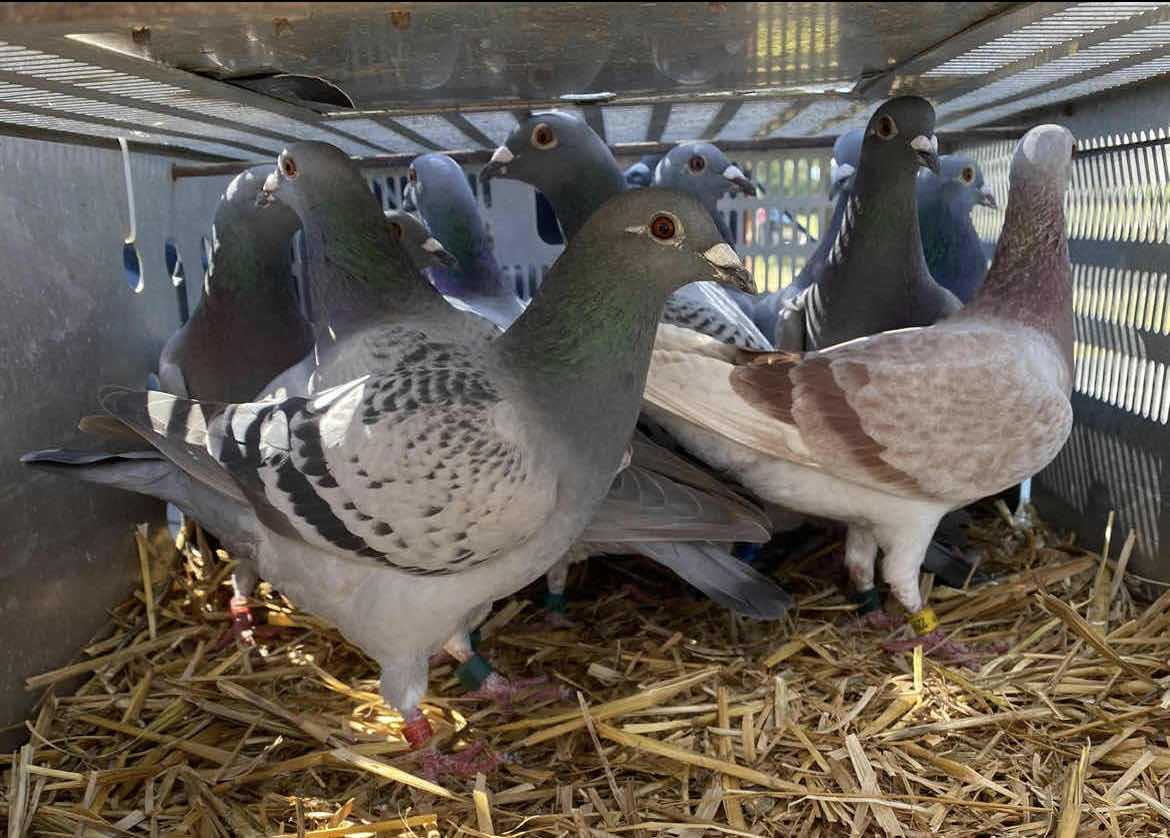
By Sophia Lowrie
Along the downtown waterfront where tourists flock to restaurants and the pier, a quieter tradition persists; shrimp boat crews fight to keep their livelihoods afloat against storms, rising costs and foreign competition.
Docked among sleek yachts and charter boats, the aging shrimp trawlers tell a different story; one of grit, heritage and survival.
“A lot of the value to the fisherman is where they have the fish, so if they don’t have to go very far offshore,” said Cameron Ainsworth, a fisheries professor at the University of South Florida. “That’s a big practical improvement in their lives.”
For generations, Gulf Coast families have risen before dawn to work these waters, hauling in brown, white and pink shrimp. The docks once bustled with activity: boats unloading baskets of catch, crews mending nets and local processors icing shrimp for sale at markets. However, experts said the industry has changed drastically over the last two decades.
Federal laws, such as the Magnuson-Stevens Fishery Conservation and Management Act, require stock assessments every few years to track populations and prevent overfishing. While designed to protect marine resources, the rules also added new layers of oversight for shrimpers.
“Each stock has to undergo this process every three to five years,” said Chris Stallings, a USF marine science professor. “The group that oversees that is NOAA, and they’re looking at whether shrimp populations are being fished too quickly and whether they’re already overfished.”
The Gulf’s shrimp industry took a major hit in 2005, when Hurricane Katrina destroyed boats and processing plants, crippling fleets from Louisiana to Florida. At the same time, shrimp farming in Southeast Asia began flooding United States markets with cheaper imports. Coupled with rising fuel costs, domestic shrimpers struggled to keep pace.
“The shrimp industry in the Gulf Coast is not what it was 20 years ago,” Stallings said.
Environmental hurdles have only added to the strain. Shrimp trawls, which drag nets across the seafloor, often collect large amounts of bycatch, which are unwanted fish and marine life that are discarded.
“With shrimp, the normal concern is that you’re bycatching species recreationally caught, and the other concern is that you can damage the ground if it’s benthic trawling,” Ainsworth said.
A 2014 study led by Stallings found that inshore shrimp trawling in Gulf seagrass beds produced bycatch rates as high as 82%, meaning more than four non-target species were caught for every shrimp kept. The research also revealed that many shrimpers shifted their efforts into sensitive seagrass habitats during peak productivity months, raising alarms about long-term damage.
At the same time, shrimp aquaculture abroad posed different risks.
“Aquaculture shrimp farms also have their own environmental problems,” Stallings said. “They usually destroy a large area of wetlands, like marsh and mangrove areas, and they pack the shrimp in at really high densities.”
State officials said regulations attempted to strike a balance between protecting ecosystems and keeping shrimpers on the water.
“Florida’s shrimp fishery is regulated to reduce bycatch and protect juvenile fish populations,” said Luke McEachron, a representative with the Florida Fish and Wildlife Conservation Commission. “Shrimpers are required to use turtle excluder devices and are restricted from operating in certain areas and seasons to protect sensitive habitats.”
For workers along St. Petersburg’s waterfront, the struggle is not only economic but cultural. Shrimping connects them to the water in ways that tourism cannot replicate.
Older generations recall when shrimp boats dominated the waterfront, and crews could rely on steady markets without competing against foreign imports.
Today, many worry whether the industry can survive another generation. Crews shrink year by year, and younger workers are scarce. Some captains patch together a living by selling directly to restaurants or farmers markets, bypassing wholesalers. Others pick up part-time jobs between seasons to make ends meet.
Despite the challenges, the work continues. On a good year, Gulf waters can still yield abundant shrimp, rewarding those who persist.
“Shrimp are sort of an annual stock anyway,” Ainsworth said. “People are basically just sort of at the wheel of the environment. It was a good shrimp year, they catch.”
That uncertainty defines the trade: a constant gamble against weather, regulations, markets and the sea itself.
Yet for St. Petersburg’s shrimpers, the payoff is more than just economic. It’s a way of life and a reminder that, even in a city remade by tourism, echoes of its working waterfront still endure.



